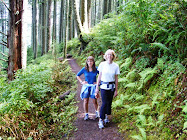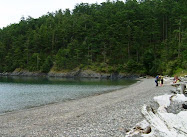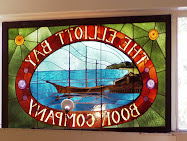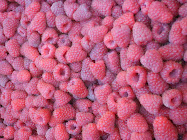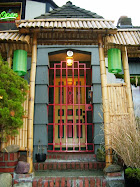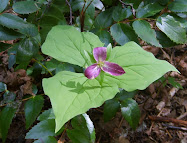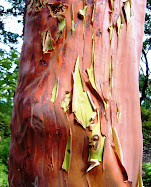Since I've been walking my corner of Seattle much more in the last year, I'm discovering a whimsical side of my city.
Lately I've started approaching my walks as a treasure hunt. I look closely in yards and gardens I pass for the quirky, the art, and of course the ubiquitous gnomes.
Seattleites love their gardens. With 75 percent of its residential land zoned for single-family homes (which BTW is now controversial with our growing population and affordability issues), there are a lot of sweet, tiny, and spacious yards to pass.
While some zoning is switching from single family to more dense development, with a loss of landscaping, plenty of yards and gardens persist, for now.
For starters, I'm seeing a lot more painted rocks, some with messages of encouragement, placed carefully in rockeries, parking strips, and even drainage swales.
Fence art and decorative gates are one of my favorite things to spot. I love that this niche is giving some artists work. The gorgeous sunflower gate below appears to be hand-carved.
One corner home/yard I passed last week was full of Easter eggs scattered about and hanging from trees, along with various other bits of garden art, like an old sink repurposed as a (dried up) frog pond. They even had a little machine set up on steps beside the sidewalk that pumps out bubbles as you pass by.
I think I would like whomever lives there.
After gnomes and Buddhas, frogs (or toads?) are pretty popular, like this chill guy and the pensive one below. He called me to stop and contemplate for a moment.
And yes, the gnomes. They call a bunch of crows a murder of crows. Do you know what a group of gnomes is called? (I don't, but I could easily make something up. A gaggle? A nonsense? Ah, some commenters below says it's a donsey of gnomes).
My personal taste trends toward the Asian, which I find charming, a bit mysterious, and serene.
 |
| My Buddha, created by a Zen Master |
This unique sculpture caught my eye yesterday. It looks like these three fish are swimming toward Puget Sound from up on the side of a modern box-style home.
While the rush is on here to convert smaller houses with bigger yards to tear-down/rebuild big box houses (or apartments) with very little yard, I value the green spaces, the messy yards, the tidy yards, and the shrubs and trees that provide habitat for birds and urban wildlife.
And I especially appreciate those who take the care and time to add their own quirky, artistic touches to their landscape. I think I need to start looking for a home gnome to stash in my yard.
 |
| Not my gnome. |
How about you? Do you have a yard with any unique art? Any gnomes or toads or decorative touches? Would love to hear in a comment below!Happy trails and thanks for visiting Pacific Northwest Seasons! In between blog posts, visit Pacific NW Seasons on FaceBook, Twitter, and Instagram for more Northwest photos and outdoors news.


































































